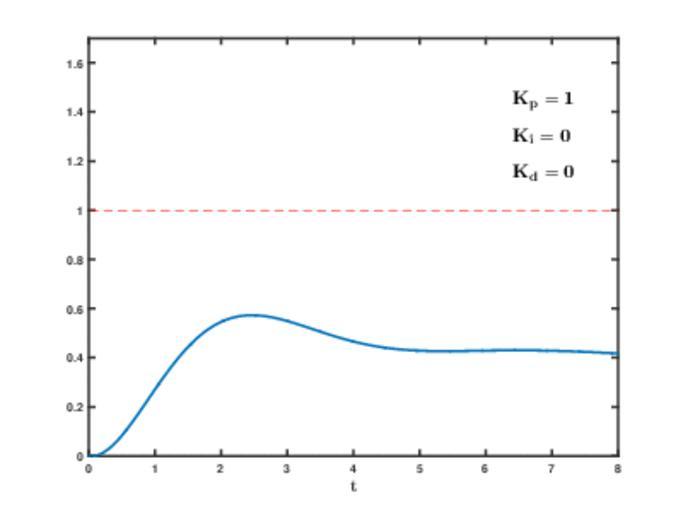MAKE A MEME
View Large Image

| View Original: | PID Compensation Animated.gif (400x300) | |||
| Download: | Original | Medium | Small | Thumb |
| Courtesy of: | commons.wikimedia.org | More Like This | ||
| Keywords: PID Compensation Animated.gif en In a unity feedback configuration an ideal PID compensator is used to enhance the step response of a system with the transfer function <math>G_p \frac 1 s 2+1 33s+1 </math> The PID controller has the standard form K<sub>p</sub>+K<sub>i</sub>/s+K<sub>d</sub>s Therefore the closed loop transfer function of the whole system becomes <math>G \frac G_cG_p 1+G_cG_p \frac K_ds 2+K_ps+K_i s 3+ 1 33+K_d s 2+ 1+K_p s+K_i </math> As the proportional integral and derivative terms of the PID compensator are increased the evolution of the step response from the initial uncompensated response corresponding to PID coefficents Kp 1 Ki 0 Kd 0 to the final desired response is depicted The following effects of PID compensation can be readily observed The proportional term increases the speed of the system It also decreases the residual steady state error of the step response but can not eliminate it completely The integral term eliminates the residual steady state error of the step response but adds undesired oscillations to the transient response overshoot The derivative term damps out the undesired oscillations in the transient response 2015-05-28 own Physicsch other versions Created with MATLAB Cc-zero Uploaded with UploadWizard Control theory Step responses Mathematical animations | ||||